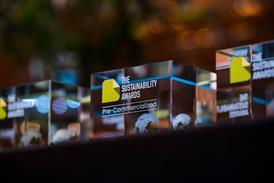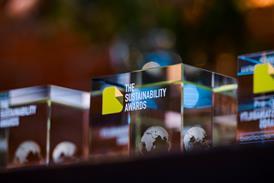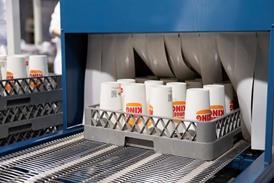
Stora Enso has invested €1.1 billion into a consumer packaging board production line in Oulu, expected to eliminate 90% of CO2 emissions and reach a capacity of 750,000 tonnes by 2027 at the latest.
Investments in the recently inaugurated line have enabled Stora Enso to convert former paper machines into board lines. Stora Enso’s patented FiberLight Tec fibre processing technology is also being utilized; it reportedly produces lighter, robust and durable boards, such as cardboard packaging for medicines, beverage multipacks, and frozen, cold, and dry food products.
The mill produces folding boxboard, kraftliners, paper bag material, and unbleached softwood pulp, all of which are suitable for direct food contact. Most of this produce goes on to be exported, Stora Enso claims.
The unit is expected to meet increasing global demand for renewable packaging and support the transition into a circular bioeconomy, while also promoting Finland’s competitiveness and increasing exports with products of higher added value.
Including other developments on the site area, Stora Enso claims to have invested around €1.7 billion into the entire Oulu mill between 2019 and 2025. The new line’s annual sales are anticipated to reach €800 million at full capacity.
“The Oulu production site is a strategically significant investment as it strengthens our leading position in high added value renewable packaging materials and increases Finland’s export revenue significantly,” says Hans Sohlström, Stora Enso’s president and CEO.
“Consumer packaging made from wood fibres has great potential to replace plastic packaging and our materials are designed for existing recycling streams.
“The nearly carbon-neutral production site in Oulu is a prime example of an investment in bioeconomy, and it concretely contributes to the transition from fossil materials to renewable and recyclable packaging.”
“Our folding box board can be up to a third lighter than traditional boards, the material is efficient and durable and helps our customers to reduce the consumption of packaging material and at the same time reduce their transport emissions,” continues Matti Lielahti, head of Stora Enso Oulu Business Unit.
“This means also that they have very high added value. Our mill’s location next to the deep port enables efficient logistics worldwide throughout the year. It is important for us to be involved in mitigating climate change.
“We mainly use pulpwood purchased from private forest owners in Finland, small-diameter wood, and wood chips from our sawmills for board production. We also utilise bark and sawdust for energy production. The bioenergy produced in the mill is used for district heating in Oulu.”
“Stora Enso’s billion-euro investment in Oulu will improve export operations, the vitality and competitiveness of the region and also of Northern Finland and bring more permanent jobs,” adds Ari Alatossava, mayor of Oulu. “We are pleased to actively contribute to the implementation of significant green transition industrial policy investments in accordance with our growth strategy.”
Late last year, Mondi predicted that its fine paper mills in Neusiedler, recently upgraded under a €20 million investment, would lower nitrogen oxide emissions by up to 10%, greenhouse gas emissions by over 20%, and gas consumption by about 25% from the first quarter of 2025.
Since then, Borealis has announced plans to invest over €100 million into a new High Melt Strength polypropylene line; its goal is to triple its capacity and address global demand for reusable cups, food packaging, and other recyclable, lightweight polymer foam solutions.
Grupo GEPP, PepsiCo’s exclusive bottler in Mexico, has also partnered with Sidel to install expanded bottling lines for returnable PET and glass. This is hoped to result in a 10% increase in returnable packaging solutions by 2030.
If you liked this story, you might also enjoy:
The ultimate guide to the Packaging and Packaging Waste Regulation in 2025
How are the top brands progressing on packaging sustainability?
Everything you need to know about global packaging sustainability regulation in 2025
The key to increasing the use of reusable packaging in supermarkets












No comments yet